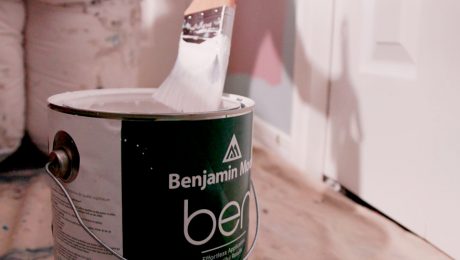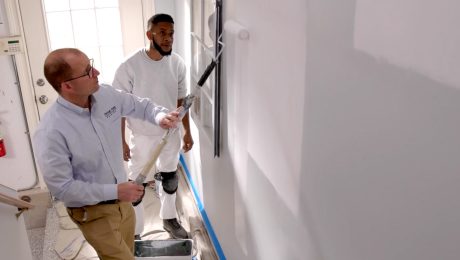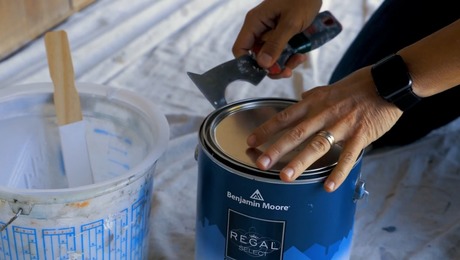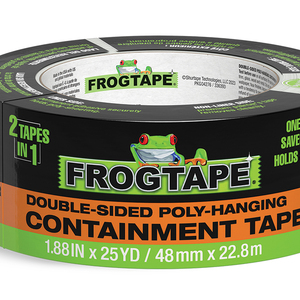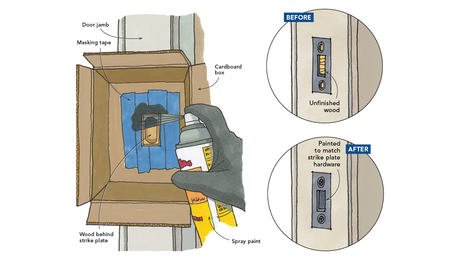Cómo Hacer Cortes Precisos Sin Cinta de Pintor
Técnicas adecuadas de carga y manejo de la brocha te ayudarán a hacer cortes precisos sin cinta de pintor.
Sponsored by Benjamin Moore
Hecho correctamente, cortar sin cinta ahorra tiempo y produce un borde más limpio. Así es cómo se hace:
Cargue la brocha con pintura sumergiendo las cerdas aproximadamente de 1–1½-in., luego, limpie y retire la pintura de un lado. Para aplicar, use el lado de la brocha con pintura, esto minimizará la transferencia a la superficie adyacente y logrará una línea nítida.
Para continuar, sostenga la brocha perpendicular a la superficie y muévala constantemente con una mano ligera mientras permanece a media pulgada del borde. Para un mayor control, sostenga la brocha de manera similar a como sostiene un lápiz, más cerca de las cerdas para aumentar la estabilidad.
En la segunda pasada, use la pintura de la primera pasada para ayudar a que las cerdas se deslicen suavemente sobre la superficie para un corte más ajustado.
Notará que la moldura se pintó primero, ya que es más fácil cortar el color de la pared en lugar de intentar cortar en un área de superficie más pequeña de la moldura. Si se cometen errores, simplemente limpie el exceso de pintura antes de que se seque con un paño húmedo y siga adelante.
Con paciencia y práctica, cortar sin cinta se volverá rápido y natural, como lo hacen los profesionales.
English translation:
How to cut in without tape: Proper loading and handling techniques for your paintbrush will help you cut in without tape.
Done right, cutting in without tape saves time and produces a cleaner edge. Here’s how to do it:
Load the brush by dipping bristles approximately 1 to 1-1/2 in. down to load the brush, then wipe and remove the paint from one side. To apply, use the side of the brush with paint to apply; this will minimize transfer to the adjacent surface and achieve a crisp line.
To continue, hold the brush perpendicular to the surface and move steadily with a light hand while remaining 1/2 in. from the edge. For more control, hold the brush similarly to how you grip a pencil—closer to the bristles for increased stability.
On the second pass, use the paint from the first pass to help the bristles glide over the surface for a tighter cut in.
You’ll notice the trim has been painted first, as it’s easier to cut in the wall color rather than try and cut in on a smaller surface area of the trim. If mistakes are made, simply wipe off the excess paint before it dries with a damp rag, and keep moving.
With patience and practice, cutting in without tape will become fast and natural, just like the pros.
RELATED STORIES
